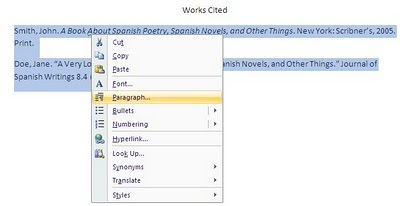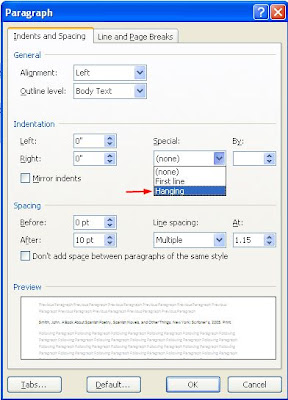 Sewing Class 1919-1920
Sewing Class 1919-1920
Do you suppose that the Tarleton sewing class in 1919-1920 made their uniforms? The Tarleton girls' blue chambray uniform, that the coeds are wearing in the photo above, became official the fall of 1918 when Tarleton became a state institution. It wasn't so long ago when girls and women made most of their own clothes!
The blue chambray uniform was made of Parkhill's Imperial Chambray #7588 using pattern #1133. Over the years slight variations were used, including Home Journal #1925; McCall's #4017, 3475, and 8660,; Butterick's #2460; and Simplicity's #3688 and 4906 patterns. Tarleton girls were required to wear the blue chambray uniform until the 1945-1946 school year.
The May 6, 1926 J-TAC stated that the girls "bucked" and that the uniforms hurt their vanity and wounded their pride, but Mrs. Chamberlin was firm. It was a little better the next year because there was a slight variation in the pattern. By 1926, when the J-TAC article was written, if the chambray was faded and worn it was proof that they had been worn faithfully! And, after all, the chambrays were rather "cute!" It stated that perhaps in seven more years the co-eds would learn to love cotton hose, narrow black belts, and low heeled slippers. Who knows! Miracles never cease!
Throughout the years of the girls' uniforms, poems were often written about the blue chambray. This one was in the May 6, 1926 J-TAC:
We all know well the Tarleton girls,
Whose smile is friendly, sweet, and true.
They fill their place, and fill it well,
These Tarleton girls, in chambray blue.
Good cheer then, to the Tarleton girls.
May life keep up their spirits gay,
May the wishes of these young, girl hearts
Be realized in a future day.
Come one and all, blue chambray girls,
Let's give a cheer for the Tarleton fame,
And now remember the loyal word
To uphold Tarleton's honored name.
Yea Tarleton!








